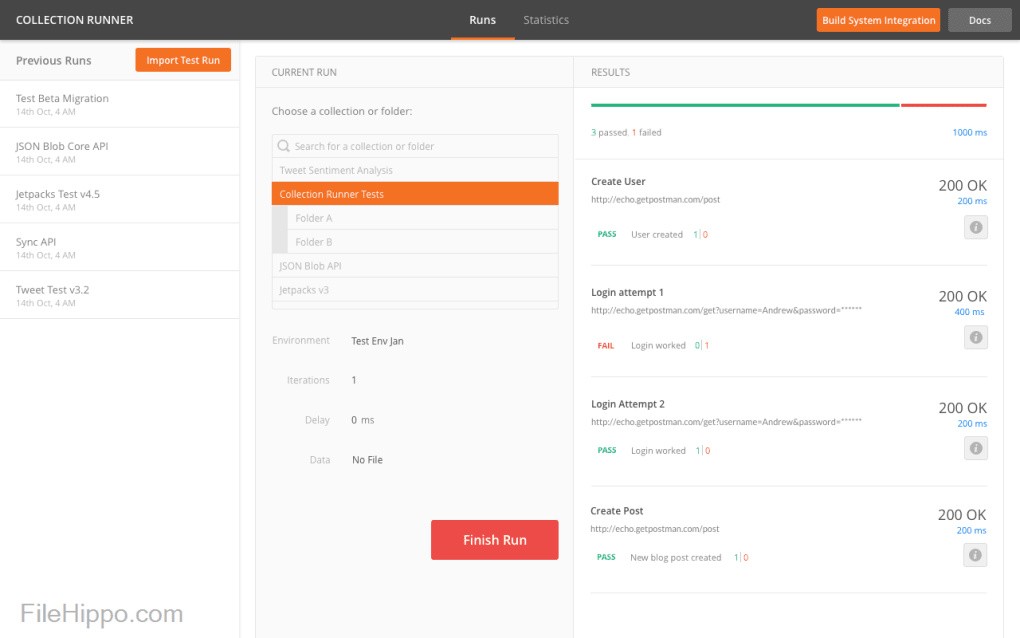
Using Postman can help optimize testing times, especially when working with Agile methodologies. The latter include collections and the creation of environments through a user-friendly graphical interface.

This has been a quick summary of the methods and API test errors when using Postman and a quick view of its advantages when executing these kinds of tests. Postman also allows us to create different environments through the generation/use of variables for example, a URL variable that is aimed towards different test environments (dev-QA), enabling us to execute tests in different environments using existing requests. It is also possible to export-import them. These collections are folders where requests are stored and can be structured in whichever way the team prefers. This feature is known as ‘collections’ and helps organize tests. Postman gives the possibility to group different requests.
#POSTMAN INC SERIES#

400 Series > Client error responses, for instance, ‘400 Bad Request’.300 Series > Responses related to URL redirection, for example, ‘301 Moved Permanently.’.200 Series > Responses where the client accepts the request and the server processes it successfully, for instance, ‘200 Ok’.100 Series > Temporal responses, for example, ‘102 Processing’.

When testing APIs with Postman, we usually obtain different response codes. The following are some of the most used, including their functions: Postman offers many endpoint interaction methods. It is an HTTP client that tests HTTP requests, utilizing a graphical user interface, through which we obtain different types of responses that need to be subsequently validated. Postman is an application used for API testing.


 0 kommentar(er)
0 kommentar(er)
